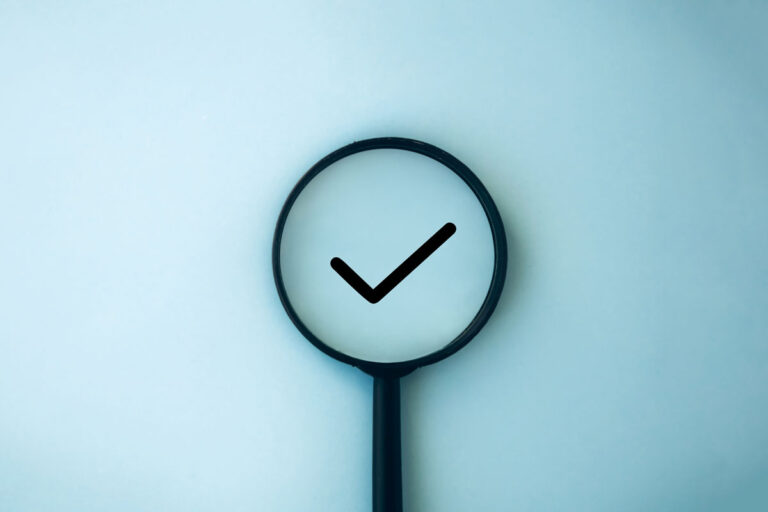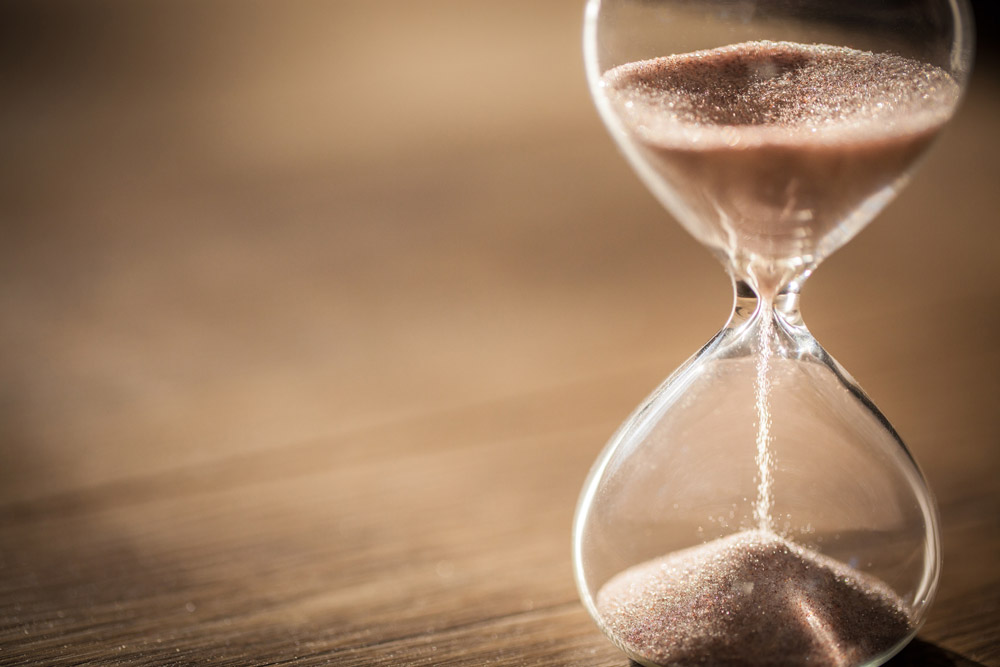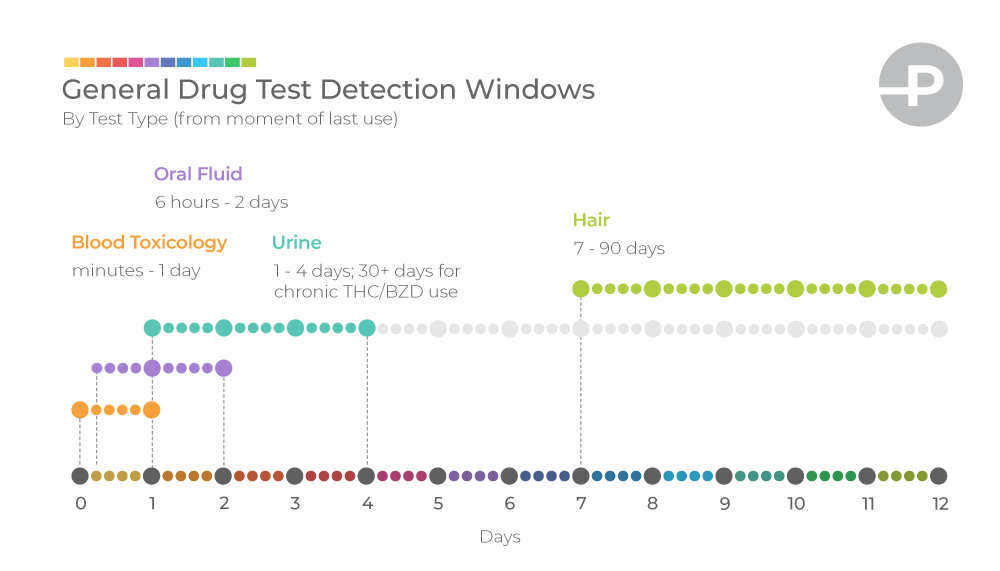A common question we get from both employers and applicants is, “how long are substances detectable in a drug test?”
Of course, like many questions worthy of asking, the answer is, “it depends.”
There are three variables that will significantly influence drug detection timelines (or the detection ability at all)— drug test type, drug test panel, and the extent of an individual’s substance use.
A Quick Word on Test Type and Panel
When it comes to pre-hire and post-employment drug screening there are four general drug test types that employers utilize depending on their needs. They are as follows:
- Urine Test
- Hair Follicle Test
- Oral Fluids (Saliva) Test
- Blood Toxicology Test
While urine tests are the most common across the board, each test type has its utility. Perhaps the most significant difference between each is their respective drug detection window. We will get to that shortly.
There are also a number of drug test panels. The panels essentially define what substances are being tested for. The most common drug test panels are as follows:
- 5-Panel
- 7-Panel
- 10-Panel
- 12-Panel
If an individual is wondering what the detection window is for MDMA or Oxycodone on a 7-Panel urine drug test, the answer would likely be, never. This is because that specific panel doesn’t test for those substances.
Additional Resource: Answering Your Common Drug Test Questions
Let’s now talk about timelines.
Drug Test Detection Windows
As mentioned before, each drug test type has its time and place. When determining which test type is best for your program, you’ll need to understand the following and align it with your needs:
- How invasive is the collection?
- How soon after use are drug metabolites present in the sample?
- How long do drug metabolites remain in the sample?
Of course, saliva sample collection will be less invasive than urine or hair collection, and a blood sample will be the most involved. However, the following detection windows must also be considered.
While blood toxicology testing may be the most invasive process, it is the only test type that can detect a substance just minutes after use. This can be very valuable for some post-accident or reasonable suspicion situations. Although, the substance will usually metabolize completely and become traceless in the bloodstream after only a day or so.
On the other hand, hair follicle testing won’t likely detect substances until about 7 days after use. However, the substance will remain detectable for up to 90 days, making hair testing valuable in a number of situations. Some organizations conduct both a urine and a hair test on their job candidates, leaving only a two or three-day gap.
Urine Tests: The THC Outliers
While most substances become undetectable in urine after about four days, THC is a common exception. If THC use is chronic, meaning persisting for a long time, or if the use was particularly heavy, then drug metabolites can exist in urine for much longer– up to 30 days (maybe more). The same is true with benzodiazepines.
For this reason, there really is no clear-cut answer as to specific detection timelines, particularly when concerning THC or BZD use.
Takeaways
While we can provide general substance use detection estimations, each situation is unique, and results always experience some variability. The important thing for employers is to select the best test type and panel for their needs and remain consistent in their screening process.
Have questions? You can find more information about drug screening solutions here.











